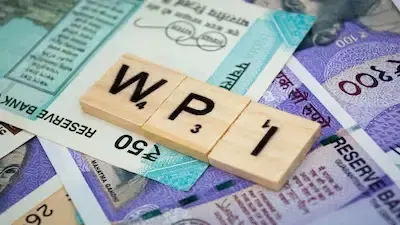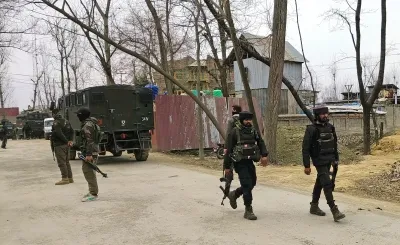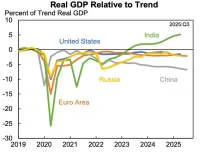Did India's WPI Inflation in July Hit a 2-Year Low as Food Prices Decline?

Synopsis
Key Takeaways
- The WPI inflation in India is expected to be at -0.45% in July.
- Food inflation has decreased to -1.72% year-on-year.
- Fuel inflation also remains in negative territory at -4.90%.
- The RBI maintains the repo rate at 5.5% amidst stable core inflation.
- Global commodity prices may remain volatile due to geopolitical tensions.
New Delhi, Aug 12 (NationPress) Wholesale inflation in India is projected to have reached a two-year low in July, primarily attributed to a notable decrease in both food and fuel prices, as per a report by the Union Bank of India.
The Wholesale Price Index (WPI) is anticipated to have declined to -0.45 percent year-over-year in July, down from -0.13 percent in June. This represents the lowest figure since August 2023, highlighting a persistent deflationary trend in wholesale prices.
As mentioned in the report, "July '25 WPI YoY is likely to have plummeted to nearly a two-year low of -0.45 percent."
The report suggests that this downturn in WPI is mirroring the trend in retail inflation (CPI), with both the food and fuel segments experiencing deeper deflation this month. Meanwhile, core WPI, which excludes food and fuel, rose to 1.50 percent in July, up from 1.06 percent in June.
Food inflation in the wholesale market saw a significant drop to -1.72 percent year-on-year in July, a stark decline from -0.26 percent in June. Similarly, fuel inflation stayed in the negative zone, falling to -4.90 percent from -4.23 percent in June.
This decrease can be partly attributed to base effects, with all sub-segments registering an increase compared to the previous month. Notable deflation was observed in cereals, pulses, fruits, spices, oils, and other food items, with pulses remaining in negative territory since February 2025.
The report cautions that global commodity prices may experience volatility due to uncertainties stemming from new US trade tariffs and ongoing geopolitical tensions. Weak demand coupled with ample supply may curb any drastic price hikes.
Weather patterns and possible disruptions due to monsoons are critical factors to monitor, as they could influence the supply chain and impact WPI in the near term.
While there may be potential inflationary pressures from global markets, domestic conditions will play a crucial role in shaping the wholesale inflation trajectory in the coming months.
The Reserve Bank of India (RBI) maintained the repo rate at 5.5 percent during its August Monetary Policy Committee (MPC) meeting, citing stable core inflation at around 4 percent and a positive inflation outlook driven by favorable monsoon conditions.
The RBI has revised its FY26 inflation forecast to 3.1 percent, with CPI inflation pegged at 2.1 percent for June 2025.
aar/na









